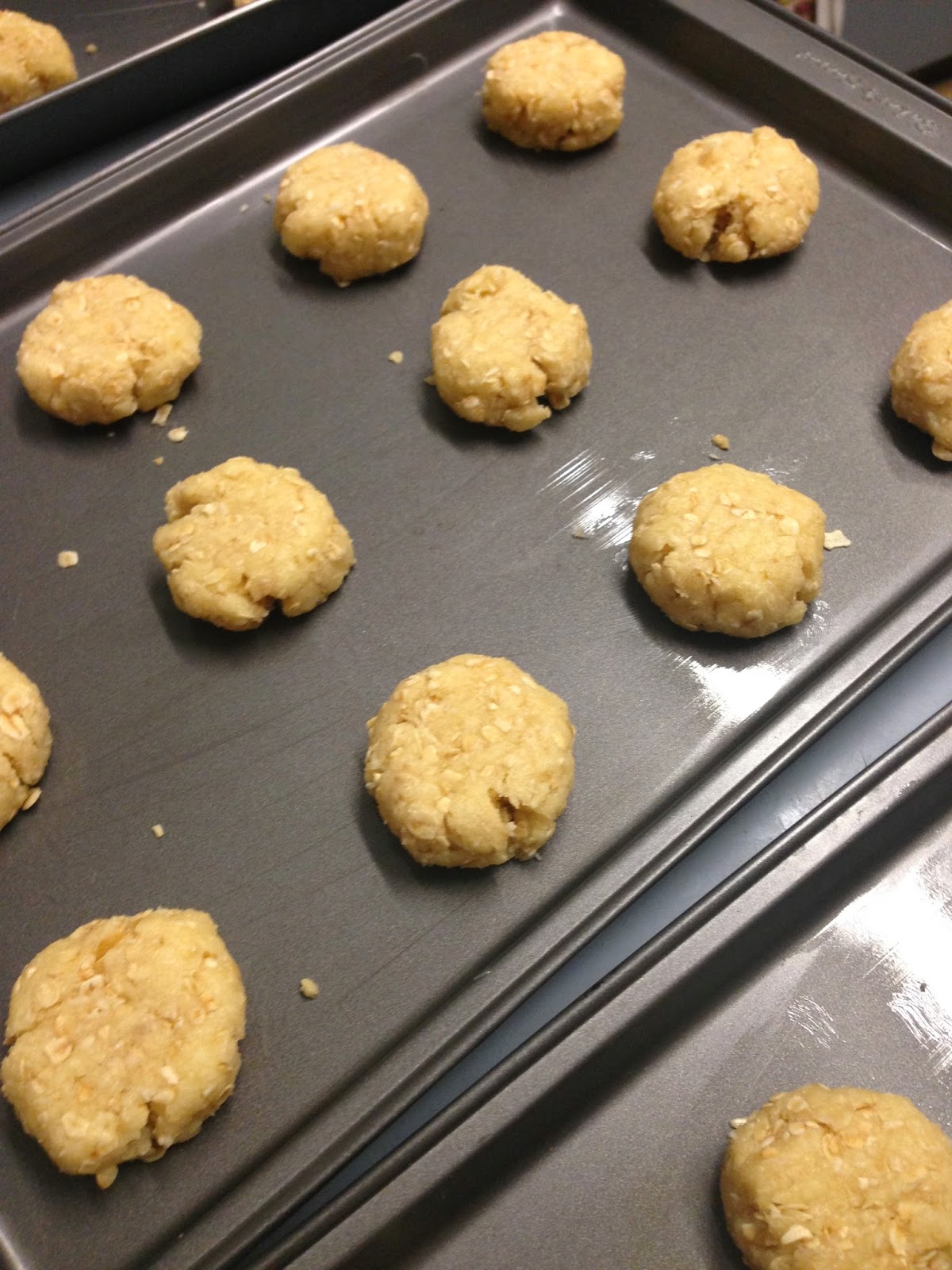 Between us we compared and read through countless recipes. Some had a pastry base and others didn't. We wanted the pastry base so ended up combining two separate recipes. The main thing that was clear to us though was, if this cheesecake was going to happen we had to make our own cheese.
Between us we compared and read through countless recipes. Some had a pastry base and others didn't. We wanted the pastry base so ended up combining two separate recipes. The main thing that was clear to us though was, if this cheesecake was going to happen we had to make our own cheese.Eventually we settled on the tvarog/farmer's cheese recipe below, as it was the simplest and you didn't have to start the day before. The time consuming part is slowly warming the milk, because you really have to do it slowly. Given that the milk will curdle when you add the buttermilk and vinegar, my best suggestion is put your bottle of milk out on the bench a few hours before you're going to start this process, so it's not so cold. We made the cheese first so we knew the yield, and have then adapted the amount in the cheesecake filling recipe to suit (it was about 2/3 of the original filling recipe). So depending on how much cheese you make, then scale the filling amounts up or down. With the cheese, most recipes will say to 'grind' it in your food processor so it is a little smoother. We pulsed it for about 20 - 30 seconds and it broke it up a little.
In terms of a tin, we made it in a baking tray 20cm x 30cm, and about 4-5cm high, because it was for a shared lunch. You could make it in a round loose-bottom tin as well. The cook time was accurate and after an hour we turned the oven off and left it to cool in the oven over night. The top didn't crack, which we were pleased about. And the taste... well pretty good. I would have added some sultanas, as that's how I prefer this cheesecake, but my sister doesn't like sultanas so it was just plain. We also discussed that a bit of lemon/orange zest or orange peel in the mix would have been a nice touch too. I've seen other versions with nutmeg sprinkled on the top or strips of dough laid across the top and then glazed with an egg wash, and the original filling recipe had a raspberry glaze. Don't be scared to make your own cheese, it'll take you about 90 minutes, but is so worth it to get the taste and texture of this cheesecake correct.
This recipe and cheesecake has been a very long time coming and now that we've made it I
think it will become a favourite for many family occasions.
Sernik (Polish Cheesecake)
Dough:
 225g plain flour
225g plain flour125g butter, softened
125g icing sugar
2 egg yolks
- Combine all ingredients in a food processor and pulse a few times until it comes together.
- Roll it into a disc and wrap in glad wrap and refrigerate for 30 minutes.
- Remove from fridge and place dough between two sheets of baking paper and roll out to desired shape and thickness (less than 0.5cm thick).
- Pick up dough in the baking paper and place straight into tin (approx 20cm x 30cm, and 5 - 6 cm high). Remove top sheet. Prick dough with a fork.
- Bake at 180C for about 20 - 25 minutes until light golden.
6 eggs, separated
200g caster sugar
650g Tvarog (farmer's cheese - see recipe below)
140g butter, softened
1/2 tsp baking powder
 2 tbsp plain flour
2 tbsp plain flour- Beat egg yolks and sugar until light and creamy.
- Add cheese and butter and continue mixing until well combined and creamy.
- Add baking powder and flour and mix until combined.
- In a separate bowl, whisk/beat the egg whites to stiff peaks.
- Gently fold 1/3 of the egg whites into the cheese mixture. Continue gently folding in remaining egg whites until combined. Don't overwork the mixture.
- Pour the mixture over the base (see above) and smooth out the top.
- Bake at 180C for about 60 minutes. The top should be a little golden.
- Turn off oven. Allow cheesecake to completely cool in oven with door slightly open.
Tvarog (Famer's cheese)
3L full cream milk
1L buttermilk
2 tbsp white vinegar
 |
| Tvarog, as the whey was draining. |
- Allow the milk to come to room temperature, then pour into a large saucepan and place on stove on very low heat.
- Slowly warm the milk to a light simmer, do not let it boil. It's a good idea to stir it often, especially once it starts to get close to a simmer - you don't want it to burn or stick to the bottom, or to boil over. Warming the milk can take 30 - 60 minutes depending on the ambient temperature.
- Once the milk is simmering, remove from heat. Add in buttermilk and stir. And in vinegar and stir.
- The mixture will immediately separate into curds and whey. Give it a bit of a stir then set aside for 10 - 15 minutes for the curds to finish forming up.
- Line a colander with several layers of cheesecloth and pour in the cheese (catching the curd). Allow to drain to desired consistency.
- Keeps in the fridge for 5 or so days.































